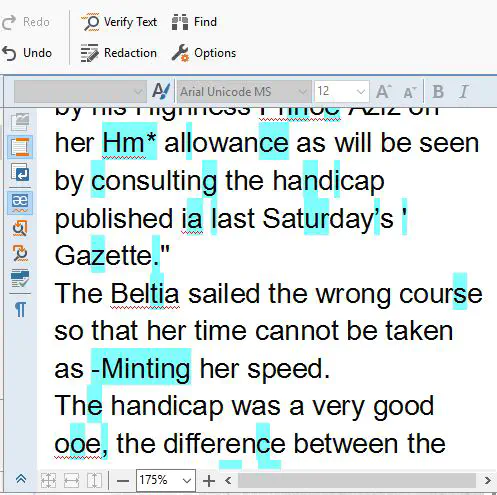OCR OCSucks
 The ABBYY logo and its official title
The ABBYY logo and its official titleAlthough the whole process of learning new word processing and encoding programs was challenging, the most frustrating aspect was the OCR. It is supposed to be a faster way to translate the newspaper pages into plain text, it turned out to take up about as much time as it would have to hand type it all. I felt as if no matter how many times I scanned the microfilm images and changed the focus, brightness, contrast, or zoomed in on the page, it would not run through ABBYY in the way I was expecting it to. I was hoping to have to make minimal corrections after the scanned images were OCRed, but with all the pages I have done up to this point, I have had to make a minimum of two hours’ worth of corrections per page. The word processing software may read a majority of the words (I would estimate around 85%), I still spent a majority of my time in this class fixing the mistakes the OCR made. I also found the other programs in this class easier to use than ABBYY. Sometimes while editing a word, the image it received it from would disappear, I also found the ordering of the paragraphs challenging at times. Overall, the program may have saved me some time, but another OCR processor may be more efficient, from my experience.